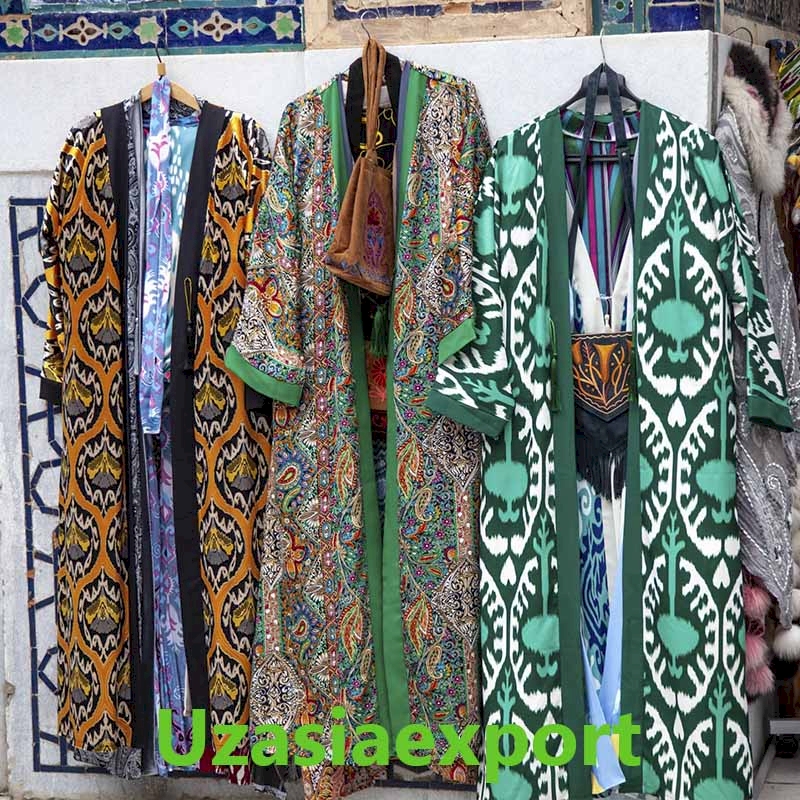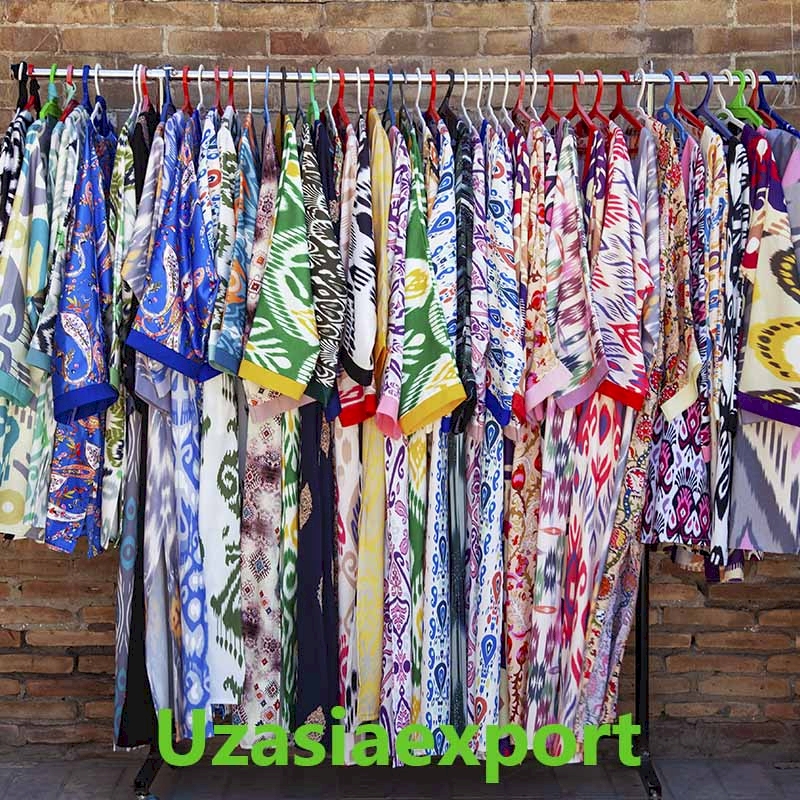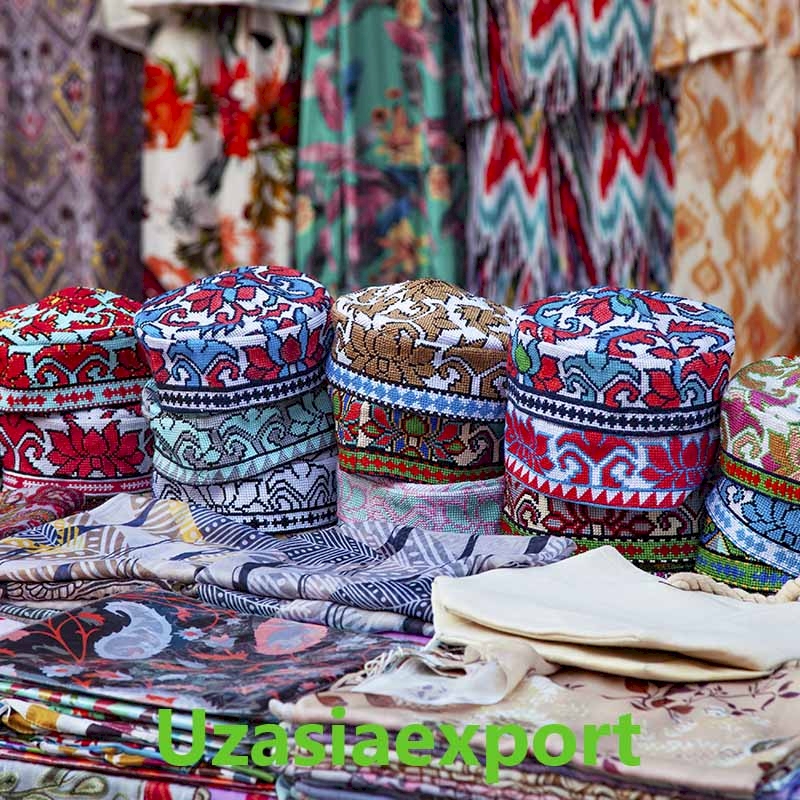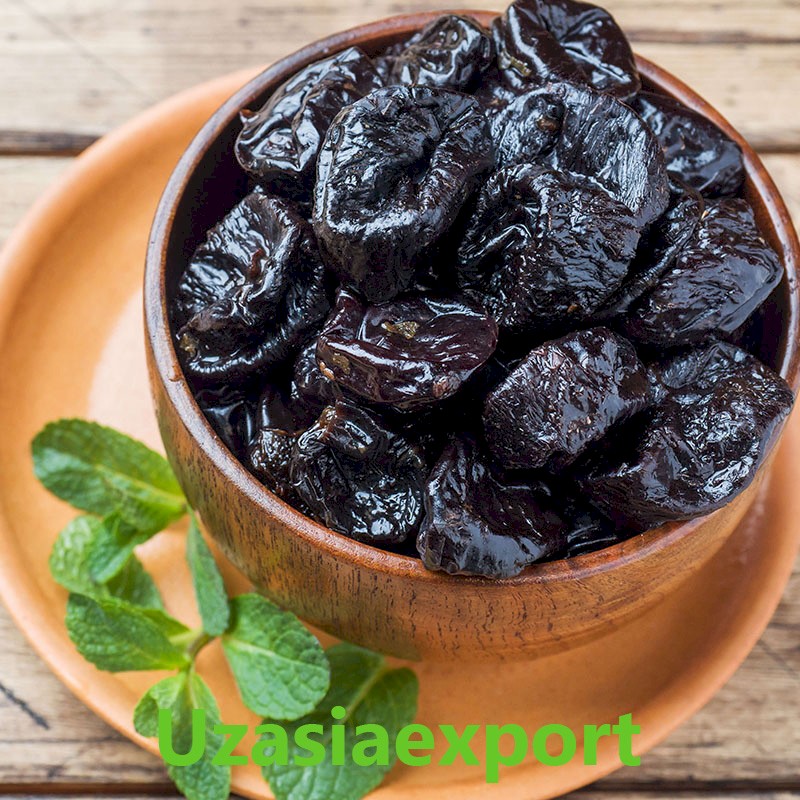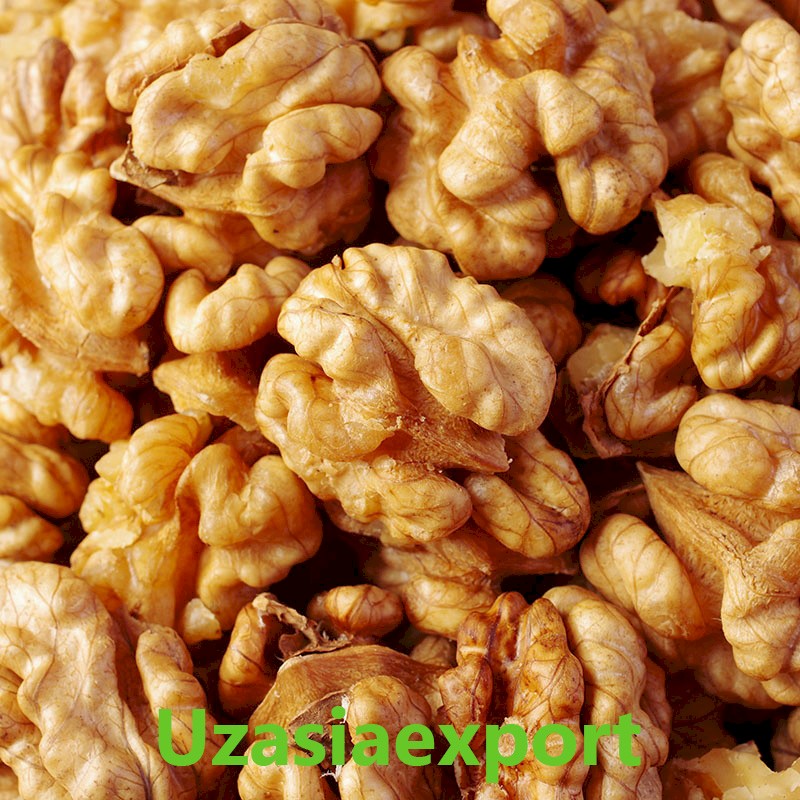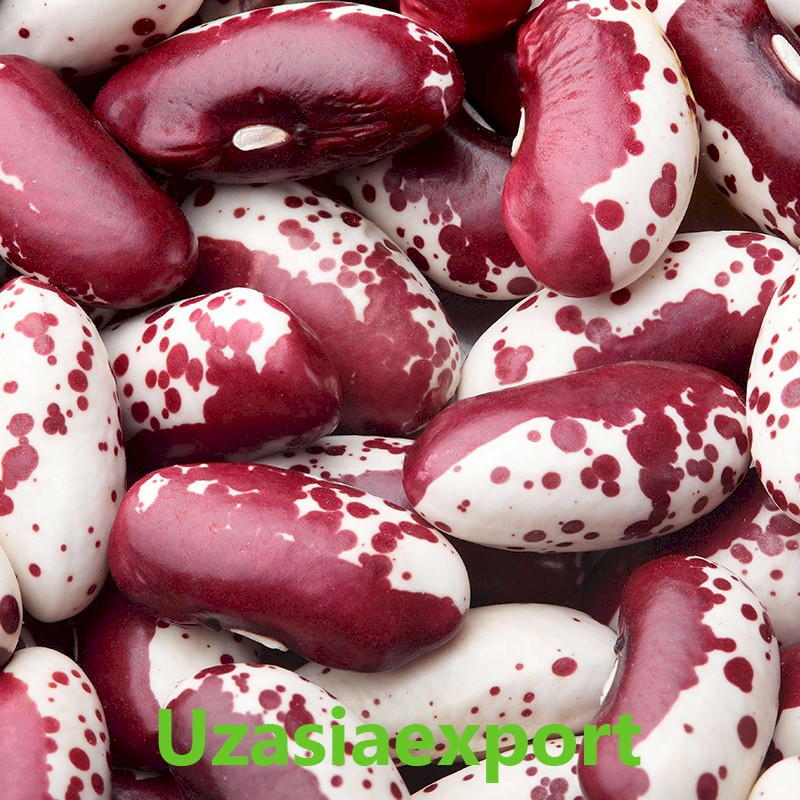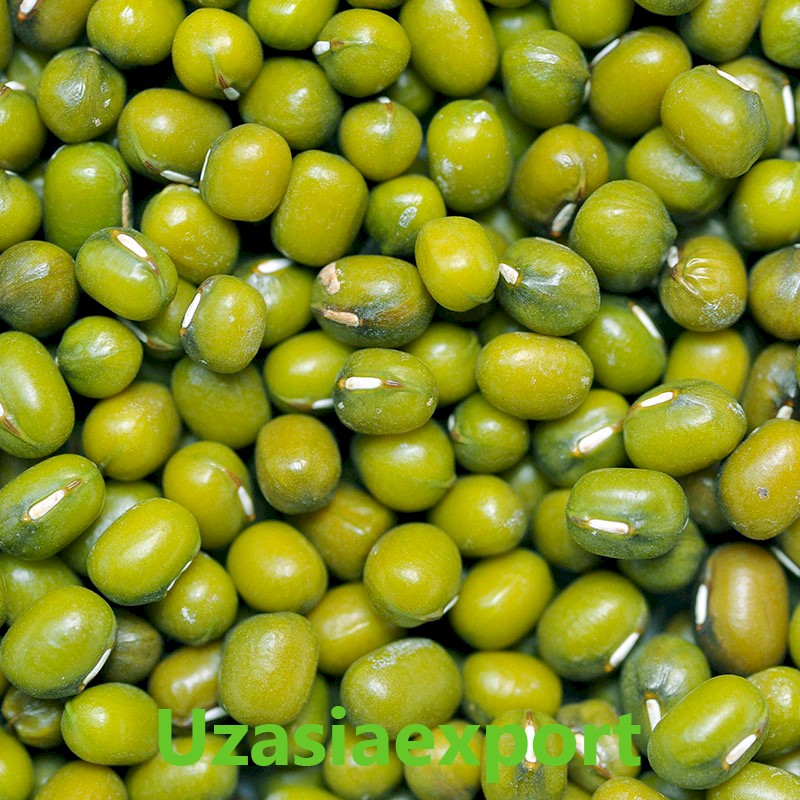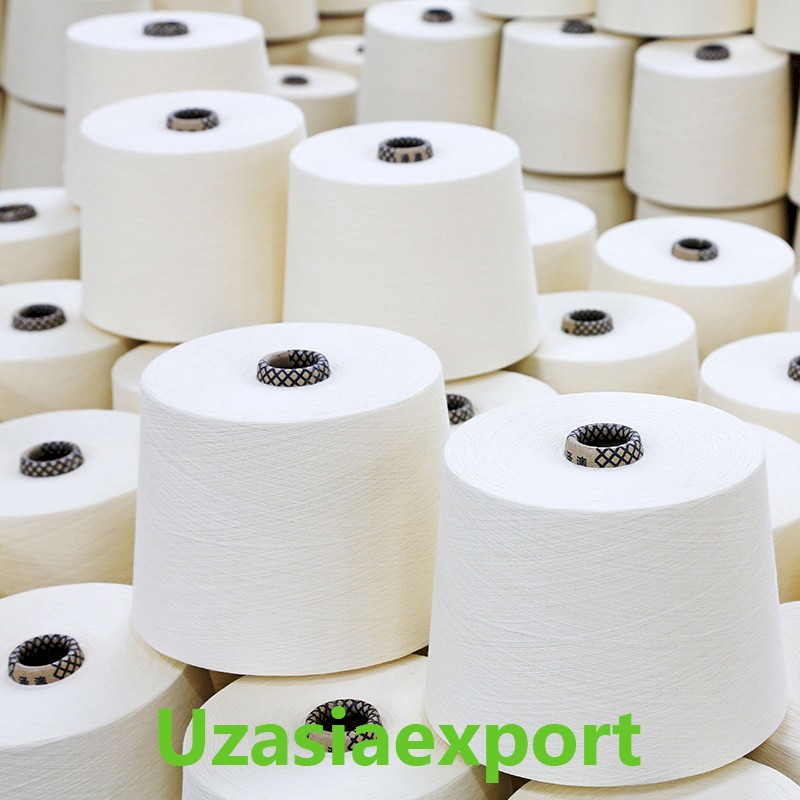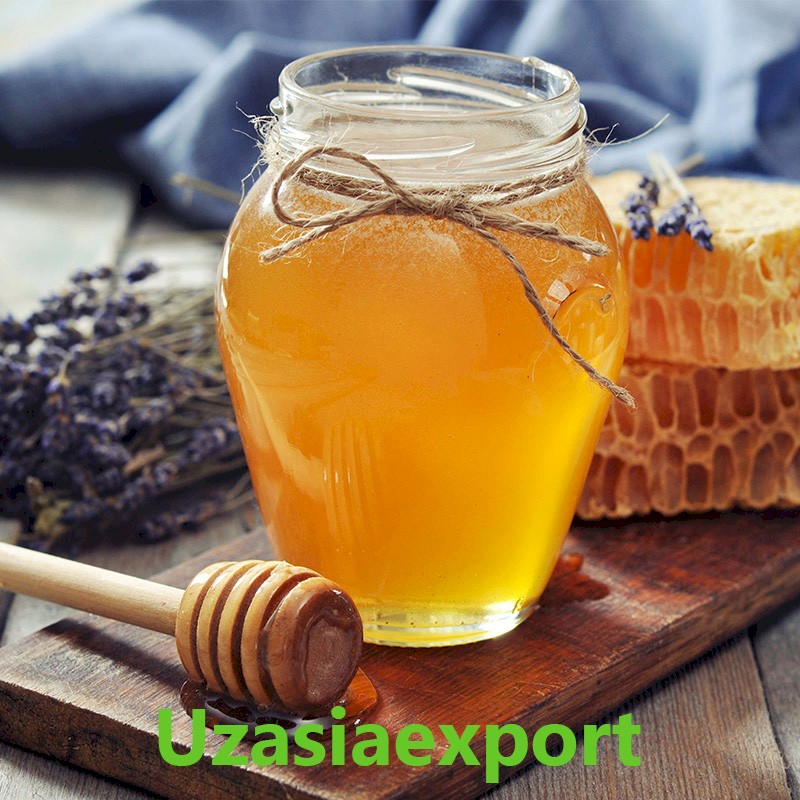Traditional Clothes
-
Product category: Fashion & Beauty
Suppliers:0
Small description
1.Men's Traditional Clothing
- Chapan: This is a long, loose-fitting coat often made from colorful fabric, usually cotton or silk. It has a quilted interior for warmth and is worn over other garments. Chapans often feature beautiful patterns and may have a hood.
- Kurta: A long shirt that is typically worn under the chapan. It is usually made of lightweight cotton, often with embroidered details around the collar and sleeves.
- Trousers (Sharovary): Loose-fitting trousers that are comfortable and practical, often adorned with traditional patterns.
- Headgear: Men often wear a doppa, a square or rounded cap, embroidered with geometric patterns or floral designs, symbolizing their cultural identity.
2. Women's Traditional Clothing
- Khalat: A long, flowing dress often worn over a blouse and trousers. It is usually made from colorful silk or cotton and features elaborate embroidery. The sleeves are wide, and the dress may have a high collar or be open at the neck.
- Sovita: A traditional Uzbek scarf or shawl worn over the head or shoulders, typically made from silk or cotton, featuring bright colors and intricate patterns.
- Trousers (Sharovary): Like men, women also wear loose-fitting trousers, often under their dresses for comfort.
- Jewelry: Uzbek women often adorn themselves with traditional jewelry, including large earrings, necklaces, and bracelets, which are often handmade and reflect local artistry.
3. Fabric and Patterns
Uzbek traditional clothing is renowned for its use of ikat (called "abr" in Uzbek), a dyeing technique that creates beautiful, blurred patterns. The fabrics are often colorful, featuring floral designs, geometric shapes, and intricate motifs that are symbolic of Uzbek culture. Silk and cotton are the most common materials, with silk being particularly favored for its luxurious feel and vibrant colors.
4. Occasions
Traditional clothing is commonly worn during special occasions, such as weddings, holidays, and cultural celebrations. Each garment may be decorated differently based on the event, showcasing the importance of attire in Uzbek society.
5. Regional Variations
Different regions of Uzbekistan have their own styles and variations in traditional clothing, reflecting local customs and resources. For example, clothing from the Ferghana Valley may have distinct patterns and colors compared to styles from Samarkand or Bukhara.
6. Modern Influence
While traditional clothing remains popular, contemporary styles have emerged, blending traditional elements with modern fashion. Many Uzbeks wear traditional attire during cultural festivals or in daily life, especially in rural areas.
Conclusion
Uzbek traditional clothing is a vibrant expression of the country's cultural identity, blending artistry, history, and functionality. The use of vivid colors and intricate patterns not only serves an aesthetic purpose but also conveys stories and traditions that have been passed down through generations.
Suppliers of this product
Shown 0 goods from 0
Hot deals
Popular products currently available



